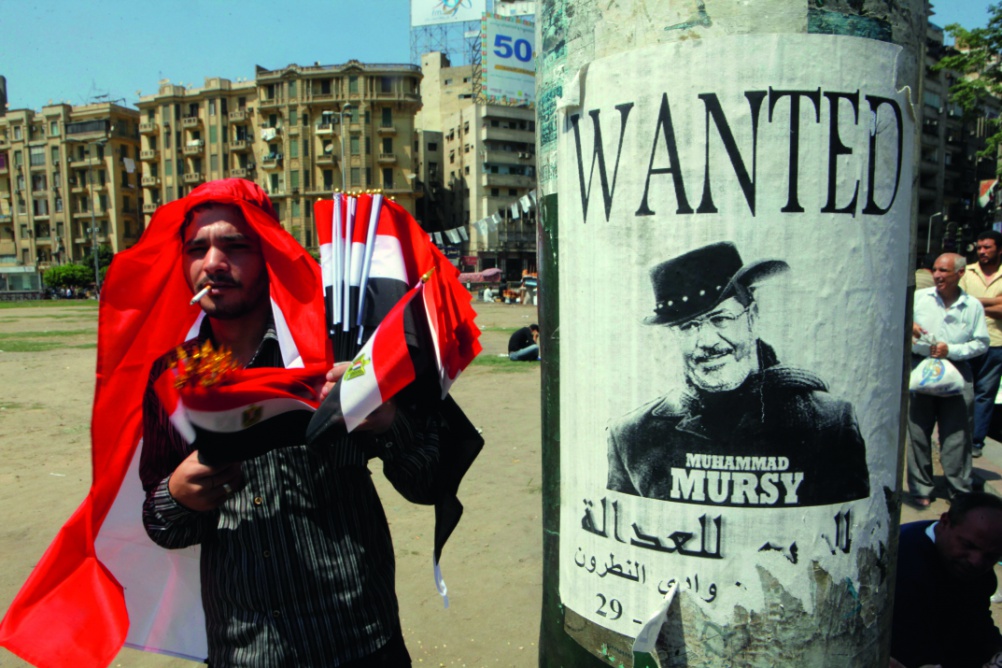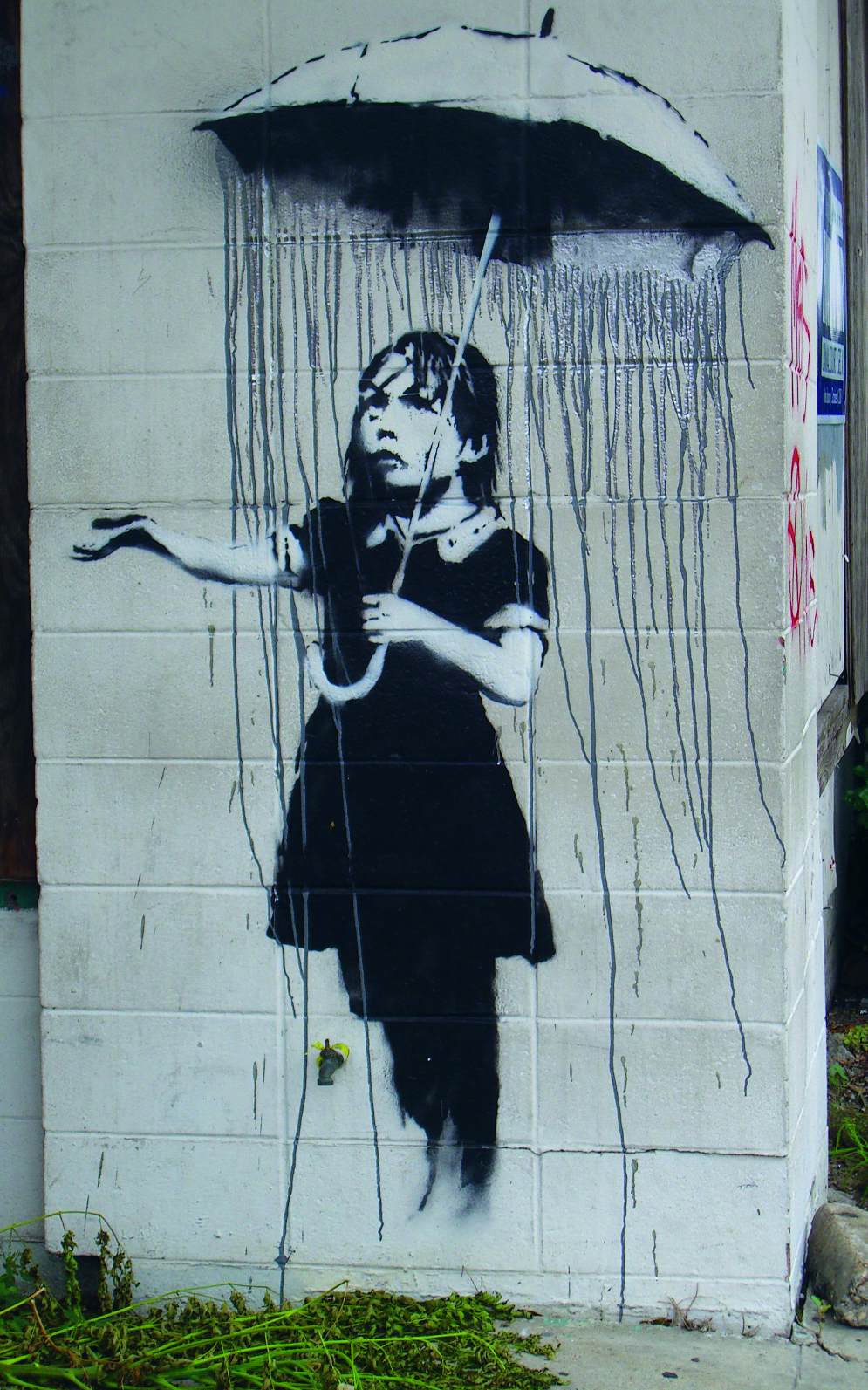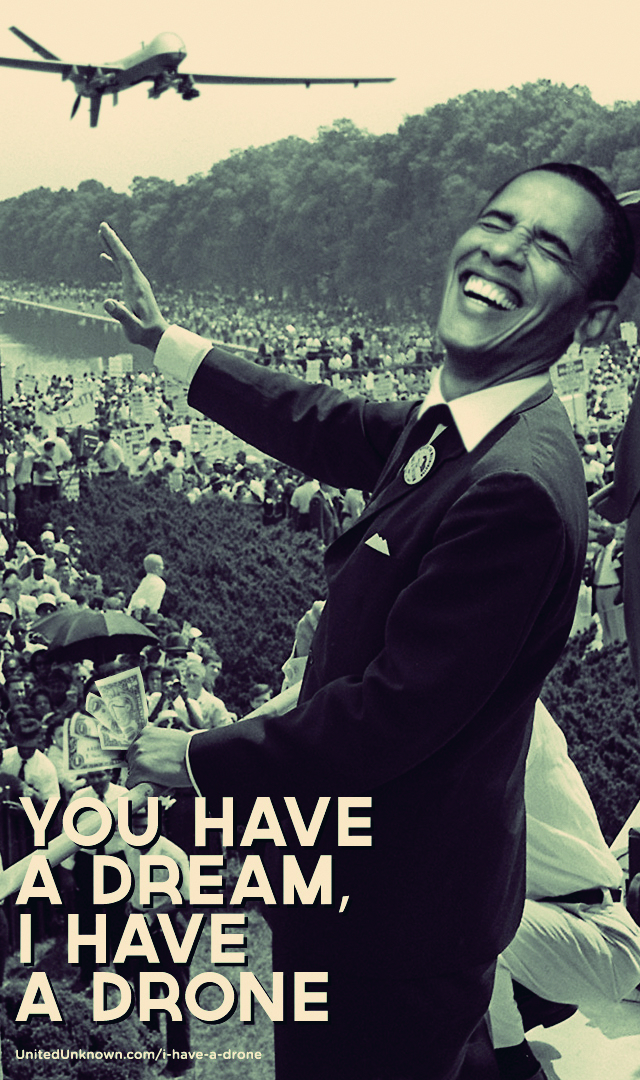Protest graphics in the 21st century – book review
New book Visual Impact looks at how art and graphic design is driving social and political change in the 21st century and uncovers common themes about use of technology and the role of the designer.

In May 1989, as pro-democracy demonstrations took over Beijing’s Tiananmen Square, chaos hit Chinese government offices and institutions as fax machines became clogged up by a deluge of protest messages from around the world.
The “Fax for Freedom” campaign was orchestrated by French magazine Actuel, along with 16 other titles across the world. In the UK, The Face urged its readers to take part with the headline: “you have the technology to change history”.
As Liz McQuiston’s new book – Visual Impact: Creative Dissent in the 21st Century – proves, there’s nothing new about creative protest, about harnessing new technologies, and about mass action.
Democratised creative protest
What has changed now though is that new developments in technology and communication have opened up and democratised creative protest. No longer does your involvement have to be limited to sending a fax. Now you can take a photo or create an image and share it worldwide in minutes.
Visual Impact focuses on creative protest work by artists, designers and non-designers in the years since 2011.
The book covers the Arab Spring – a movement defined and fuelled by social networks; the wars in Iraq and Afghanistan; “divided” areas, such as North and South Korea and Israel and Palestine; and environmental disasters such as Hurricane Katrina and the Deepwater Horizon Oil spill.
Syria conflict
Each of these broad sections is segmented out to look at a different case study.
A section on the Occupied Times of London tells the story of the newspaper that supported the Occupy London movement of 2011-2012. There’s also a fascinating and very timely study of protest posters and artwork documenting the ongoing conflict in Syria.
There are some defining themes throughout.
While embracing new technologies, many protesters still rely on a traditional art-form – the poster. McQuiston says: “The poster… is very much alive, in many sizes, scribbled or printed, electronic and aided by mobile technology, and still performing its most important role as impactful and immediate carrier of political expression.”
The “professional” designer
The role of the “professional” designer in protest is also an underlying thread. It’s notable that many of the most striking protest images of the past 20 years – such as David Gentleman’s “No” Iraq war poster or the “Je Suis Charlie” graphics by the likes of Jean Jullien and Tomi Ungerer, were created by practising artists and designers.
Mass communications can create a mass movement – as the Arab Spring proves – but does it still take a “designer” to create a defining singular image?
A related question could be: as the visual language of protest becomes more widespread, to what extent has it been hijacked by brands and commercial organisations? This is hinted at in the book – with an image of Benetton’s “shock” advertising, but not fully addressed.
Barrage of images
“Creative dissent”, as McQuiston makes clear, has always existed. What has changed in the past 15 years is that new technology and communications have made it easier to create, share and disseminate these images.
In this regard, protest art is no different to any other type of modern communications. As with any media, the consumer now has to pick through a barrage of images and content to work out what is relevant and important – something this new book does in style.
Visual Impact: Creative Dissent in the 21st Century by Liz McQuiston, published by Phaidon priced at £24.95.



-
Post a comment




